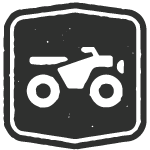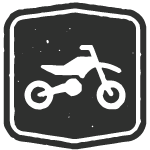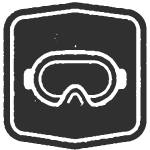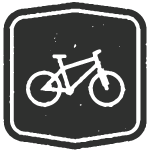Phone: (801) 627-0077 Toll Free: (800) 966-9900
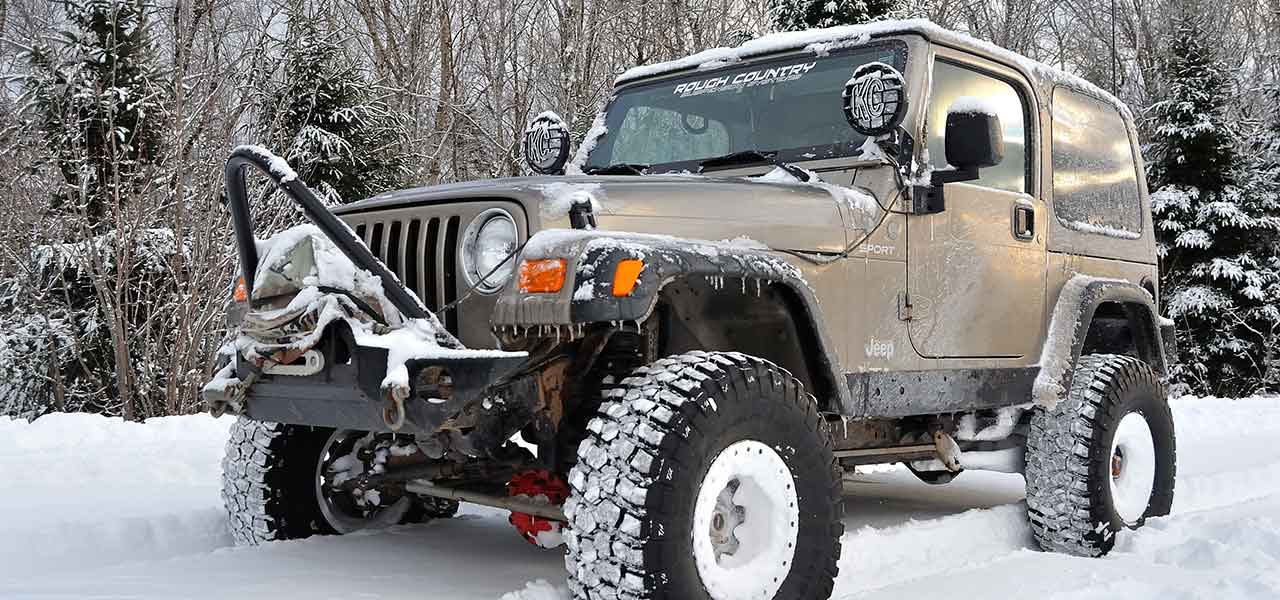
Sharing Our Snow
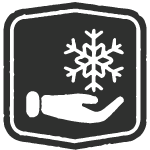

Always check local avalanche conditions before you venture out by visiting www.avalanche.org or calling your local avalanche forecast center.
All Backcountry Snow Enthusaists
- Respect all signs and area designations and use only trails and areas open to your form of recreation.
- Park only at designated parking areas and trailheads and be considerate with trailers and ramps.
- Be respectful of private property boundaries and the rights of land owners, even when fences are covered in snow. Always obtain permission to travel through private property, and stay on groomed trails where available. Leave all gates as you found them.
- Treat all backcountry users with respect, regardless of their sport, speed, or skill level. Remember that you are an ambassador for your sport.
- When traveling on shared multi-use trails, continually keep an eye out for other backcountry users.
- Slow down when visibility is poor.
- The use of ear buds for music can be dangerous and make it difficult to hear and communicate with other users. Depending on your area, it may even be illegal to operate motor vehicles with both ears covered or plugged.
- Give wildlife plenty of space. If your presence around them changes their behavior, you are likely too close. Disturbing or displacing wildlife can cause additional strain during the already stressful winter months.
- Whenever possible, avoid winter ranges.
- Avoid lingering in the presence of wildlife. Instead, move along in a slow, deliberate fashion.
- Watch out for areas established for the protection or grazing of wildlife, and steer clear.
- Provoking or harassing wildlife causes them extra stress, and can result in a dangerous change of behavior. Do not chase or taunt wild animals.
- Pack it in, Pack it out. Please do your part to keep public lands litter-free.
- Many areas require dogs and pets be leashed. Please keep control of pets and help maintain a clean area by picking up after them.
Yielding
- Stay to the right, and pass on the left. Always look before changing positions on the trail. Anticipate other users around corners and in blind spots.
- Always give trail groomers the right of way.
- Yield the right of way to those passing from behind, and those traveling uphill.
- Encountering dogsledders: When approaching head-on, pull to the side and let the dogs pass. When approaching from the rear, wait until the dogsledder has control of his or her team and pass slowly, being mindful to not startle the dogs.
- Skiers and snow-shoeing travelers, yield the track to oncoming or overtaking snowmobiles.
- Yield the right of way when entering from a side trail.
Backcountry Skiers and Snow-Shoe Enthusiasts
- Watch and listen for others. Learn and use appropriate hand signals. Other users, especially snowmobilers, often cannot hear voices.
- When stopped, step to the side, out of tracks.
- Yield the trail to skiers that overtake you from behind.
- Slow down when being passed.
- Avoid snowshoeing directly on top of established ski trails. Travel either on an established snowshoe trail or make your own next to the ski tracks.
- Snowshoers – Yield to corss-country skiers and snowmobiles on groomed trails. They move quicker and will soon pass.
Snowmobiles in the Backcountry
- Be mindful of other users when passing. Thank them for yielding.
- When passing snowmobiles and other back country users, slow down, make sure they are aware of you, and accelerate only when safely ahead to avoid leaving them in a shower of snow.
- Ride, don’t race on a groomed trail, pull your sled as far right and off the groomed portion as possible.
- Use common snowmobiling hand signals to communicate group size and unseen hazards with your group and other riders.
- Only use snowmobiles when snow levels are sufficient to cover vegetation.
- Ride single file and to the right. Trails are typically groomed wide enough for only two sleds. Please leave room to your left for other snowmobiles and backcountry users to pass.
- Be aware of your noise level. Know the sound limit regulations in your area, and make sure your snowmobile is below those levels.
- Operate in a safe and courteous manner at all times.
- Avoid crossing groomed ski tracks whenever possible.
Avalanche Safety
- Take an avalanche course. Be prepared by always wearing an avalanche beacon and carrying an avalanche shovel and probe.
- Always check local avalanche conditions before you venture out by visiting www.avalanche.org or calling your local avalanche forecast center.
- Recognize red flags for avalanche danger:
- On 30-60 degree slopes.
- Recent Avalanches.
- Signs of unstable snow (whumping noise, shooting cracks).
- Heavy snowfall or rain within the last 24 hours.
- Significant warming or rapidly increasing temperatures.





